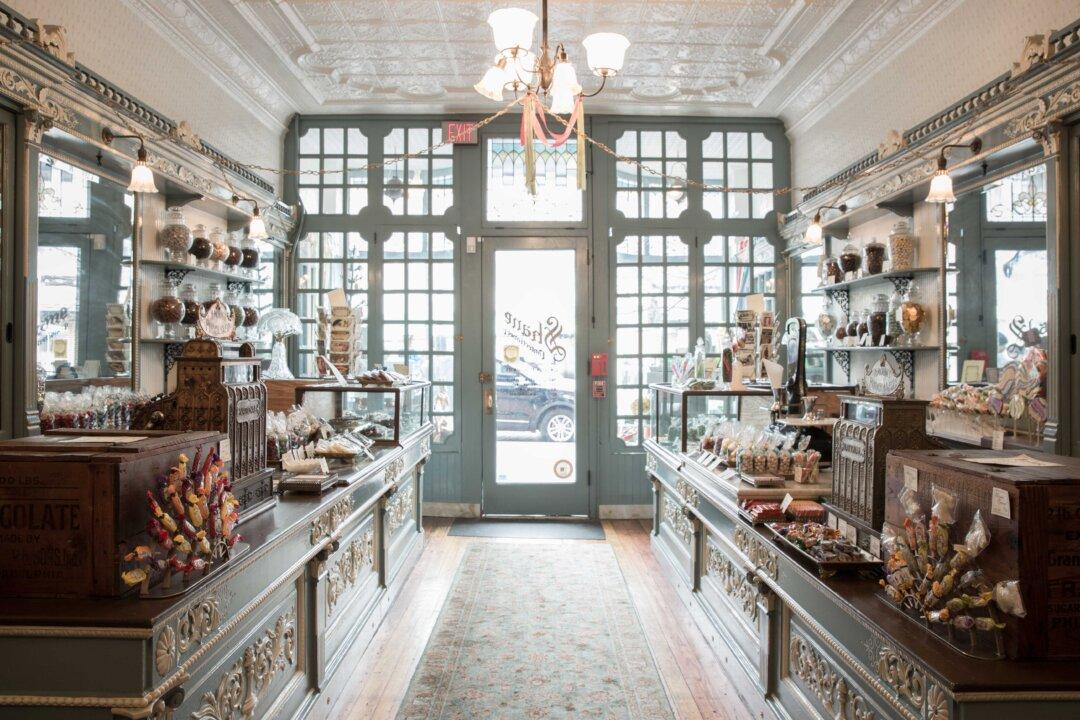The aroma hits as soon as you step inside: hot sugar and rich chocolate, a perfume of nostalgia that you can’t help but smile at. It’s seeped deep into the bones of this building, where generations of confectioners have worked since 1863. Today, Ryan and Eric Berley continue the sweet tradition.
The brothers are the proprietors of Shane Confectionery, in the heart of Philadelphia’s historic Old City district. It holds the title of the country’s oldest continuously operated candy shop—a slice of living history—and the Berleys take their role as its stewards seriously.






